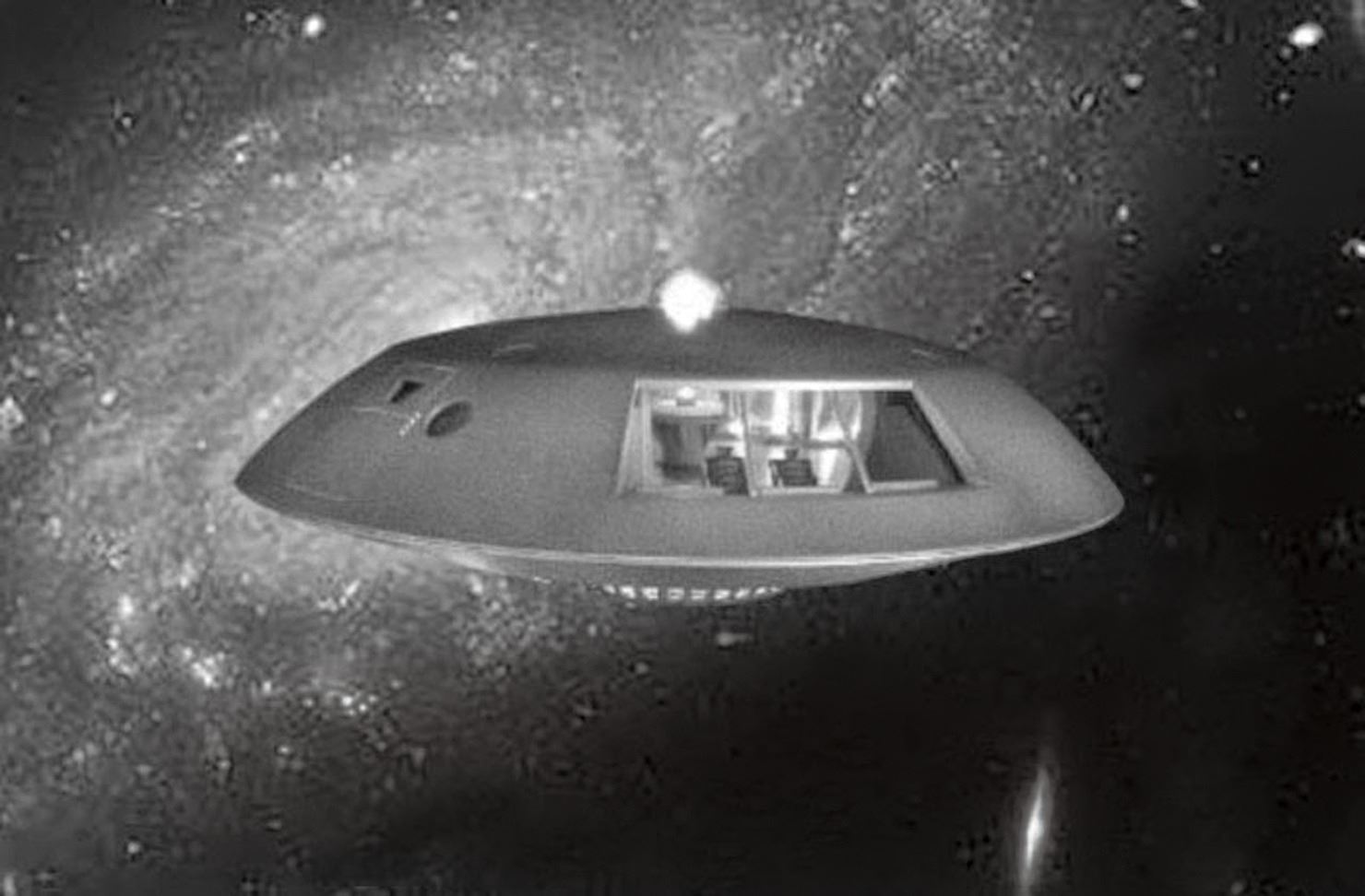I think white for the lox would be neat, I was thinking maybe spraying my version with some xmas tree flocking when it comes xmas time..
I may very well go this route using flat white paint. Especially, since I had a lot of back yard fence damage last night due to high canyon winds and now I need to allot time to that repair.
I have changed part of my plan for the electronic parachute ejection at apogee. The electronics compartment is several diameters back from the front of the Atlas in order to measure local static pressure. However, I am placing the Public Missiles Limited charge holder on the aft side of the piston. I have done this once before on a 3" diameter rocket and it worked fine. The electric wire to the piston will have a plug disconnection. I checked my inventory of plugs and found one that could pull apart easily. After wiring the plugs I am filling them with epoxy so that they will be reasonably robust for pulling apart.







































